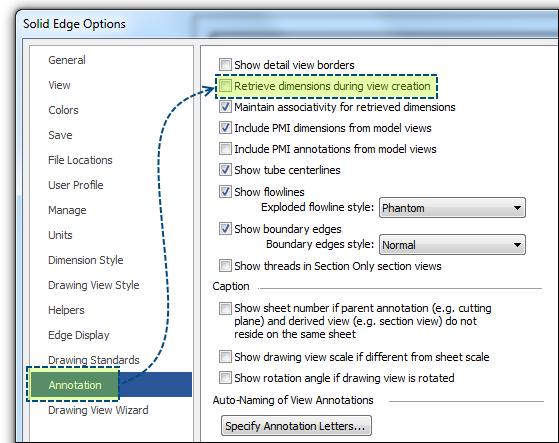

Refreshed data in the dataset is not synchronized back to the file on the local drive. It uses information in the dataset to connect directly to the data sources to query for updated data it then loads into the dataset. When you refresh the dataset, Power BI does not connect to the file on the local drive to query for updated data. Because the data sources are external, you can manually refresh the dataset by using Refresh now or you can set up a refresh schedule by using Schedule refresh. In the Power BI service, not Power BI Desktop, you want to refresh data in the dataset because that is what your reports, in the Power BI service, are based on. When you import your Power BI Desktop file from a local drive, data, along with other information about the model, is loaded into a dataset in the Power BI service.
#HOW DO YOU CHANGE A SOLID EDGE FILE FROM SYNCHRONIOUS TO ORDERED MANUAL#
This kind of refresh, entirely from within the Power BI Desktop application itself, is different from manual or scheduled refresh in Power BI, and it’s important to understand the distinction.

When you select Refresh here, the data in the file’s model is refreshed with updated data from the original data source.

You can perform a one-time, manual refresh in Power BI Desktop by selecting Refresh on the Home ribbon. A gateway must be installed and running in order for Power BI to connect to on-premises data sources and refresh the dataset.


 0 kommentar(er)
0 kommentar(er)
